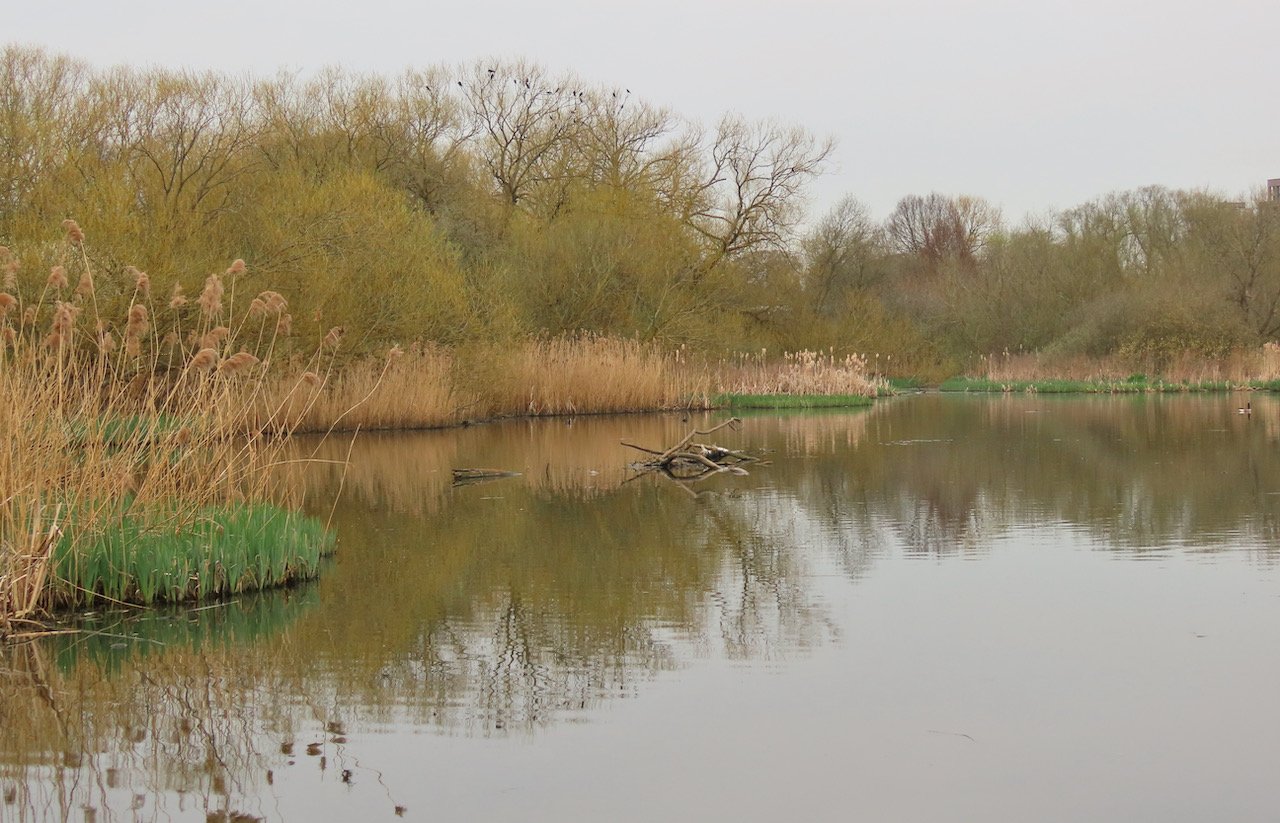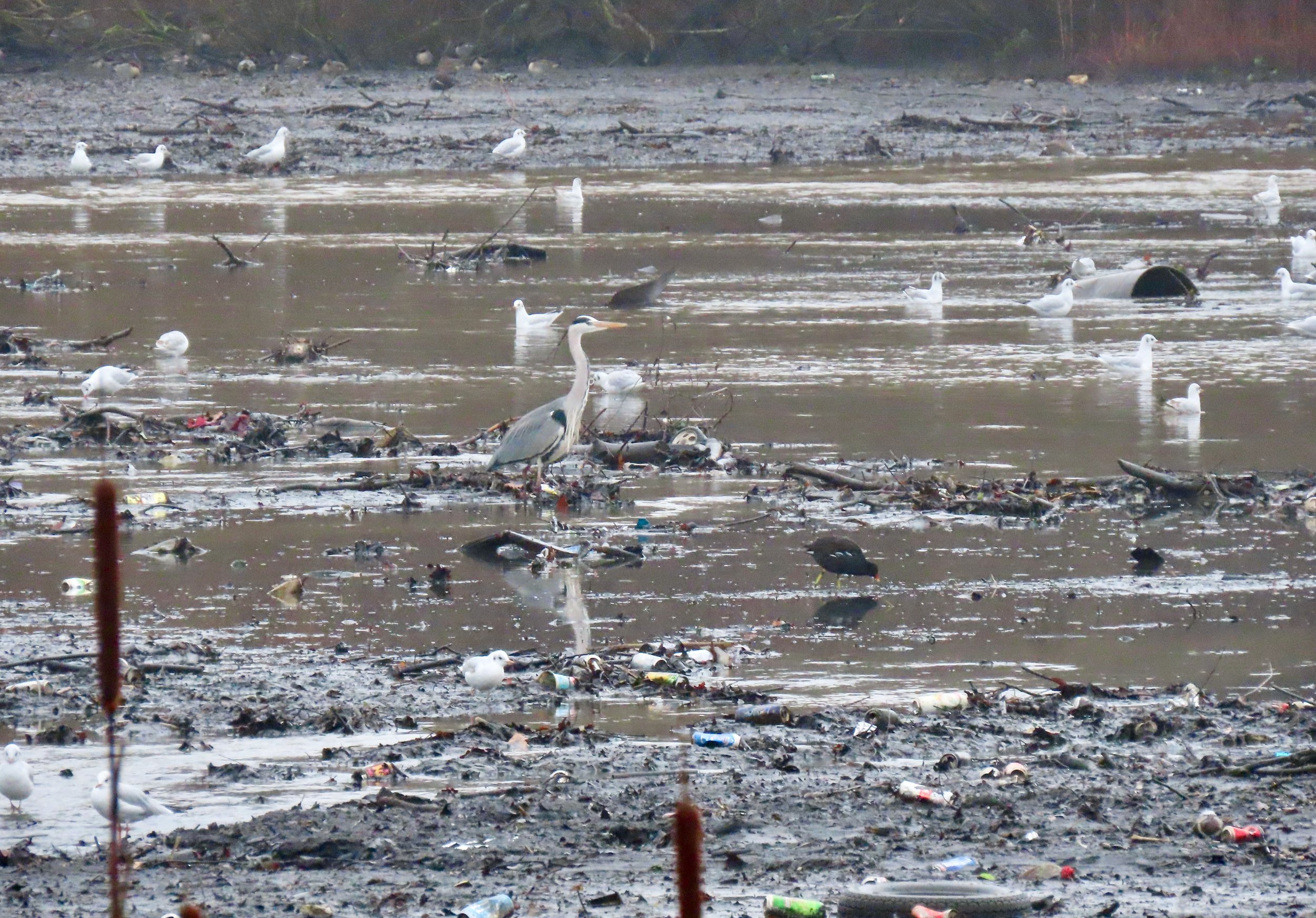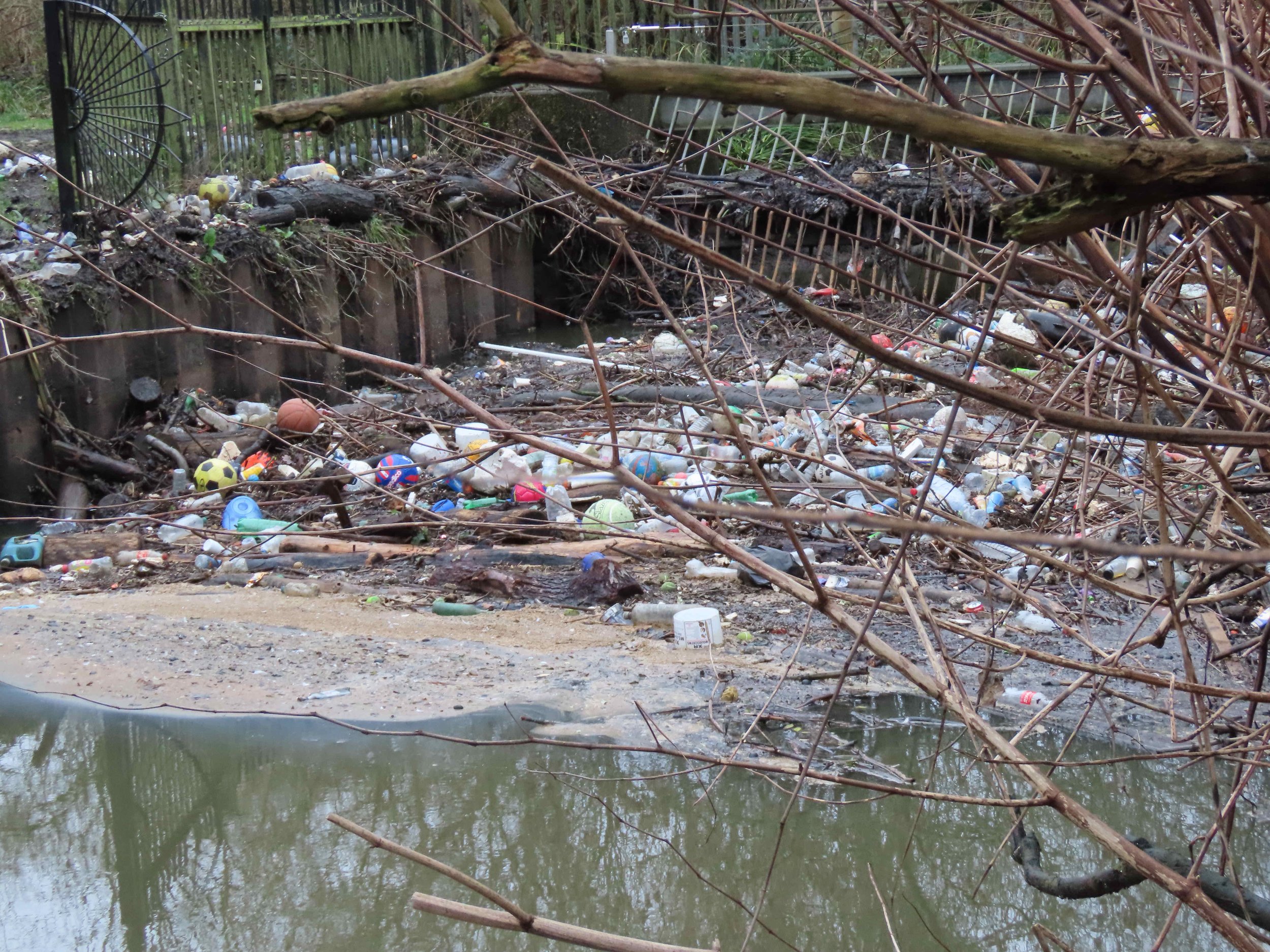
Reversing decades of neglect at Brent Reservoir
We are Cool Oak. We are an environmental pressure group.
We care about Brent Reservoir. Or to give it its local name, the Welsh Harp.
Almost two hundred years old, the Welsh Harp is 170 acres (69 hectares) of open water, marshes, and surrounding woodland and grasslands in urban North-West London.
Part protected wildlife sanctuary, part recreational hub, it has been a Site of Special Scientific Interest (SSSI) since 1950, safeguarded by environmental law.
We engage with its owners - Canal and River Trust, Barnet Council and Brent Council - and with environmental protection regulators and local stakeholders to encourage best practice and find good outcomes for the reservoir’s fragile habitats.
We propose improvements and solutions. We fight neglect and bad stewardship.
Photo (above): Magnus Andersson

Why so special?
Bird diversity
The Welsh Harp's reputation has been built on its breeding wetland birds and diversity of over-wintering waterfowl.
Rare plants
The reservoir is a natural shallow flooded valley and its boggy waterside margins have given rise to a complex community of fenland plants.
Under threat
Long-term lack of stewardship by owners and increasingly poor water quality has heavily impacted on both wildlife and flora. Habitat loss is now under the spotlight.
What are the issues that matter?
Plastic pollution
A tide of plastics and debris has built up over decades on the shallow marshes, mostly washed in from the reservoir’s two inflowing rivers - the River Brent and Silk Stream.
In 2021, we successfully convinced Natural England to agree this was ecologically threatening to the wetlands, not just unsightly. We then urged reservoir owner Canal and River Trust to act.
March 2021 saw the professional removal of the worst of the visible junk - wheelie bins, supermarket trollies, car bumpers, fruit crates, traffic cones, plastic chairs - for the first time since the habitat was re-landscaped for protected bird species in the 1980s.
Smaller plastics and microplastics — bags, fabrics, wet wipes, shredded polythene —still threaten precious habitats and feeding grounds.
Annual marshland clean-ups are now timetabled for surface items. Dredging would also help remove the layer-cake of items trapped in the silt.
There is plenty more to do.
Photo: Magnus Andersson
Silt and dredging
Silt (technically, alluvium) carried by the inflowing rivers has been allowed to heavily accumulate in the reservoir, and in particular the marshlands. Much of it is toxic, laced largely with petrol, oil, tyre fragments and hazardous chemicals from urban runoff and outfall from the neighbouring industrial estate.
Breeding habitats have become clogged and misshapen. Water quality has deteriorated.
In 2022 we successfully persuaded Canal and River Trust to complete a full bathymetric survey. We then pressed for silt testing, and a staged programme of selective dredging and shoreline reshaping to help restore habitats.
In 2023, Canal and River Trust took silt samples from the east and north marsh. Results from the east marsh proved a direct link with hazardous hydrocarbon pollution from motorway road runoff, and the organisation is now seeking reparations from National Highways for the long-term damage caused.
Trash screens and water quality
Junk, storm debris, oils and effluence are not cleared regularly enough from the trash screens positioned upstream of the reservoir on the River Brent and Silk Stream.
High water takes debris up, over and around the screens. Microplastics, polystyrene, sewage, phosphates and oils flow through. Floating booms on the downstream side hold back some surface pollutants but many sink and are taken down to the reservoir.
Excessive phosphate and low oxygen levels mean toxic algae and blanket weed are a summer hazard on the open water.
Protected wet woodland around the screens is regularly flooded and carpeted in debris, toxic sediment and sewage.
Waterborne debris needs to be stopped at source. This means Barnet Council must do more to prevent fly-tipping upstream of the screens.
Outfall pollution upstream must be tackled more robustly by Thames Water, and the Environment Agency must be given more powers to hold it to account.
Runoff and spillages need greater interception and filtering by Highways England and the Environment Agency.
Trash screen maintenance, water quality and biodiversity improvement are the responsibility of the Environment Agency. We met with it in 2021 to ask for better standards, but flood control would appear to be higher on its agenda than the effect of contaminated water and inflowing debris on the ecology of the Welsh Harp.
We recognise the EA faces many challenges through under-funding, but we don’t agree one should be at the expense of the other and continue to push all parties for better.
Overgrown habitats
An extensive mosaic of wetland habitats was created around the east marsh and north marsh with a large chunk of public money in the late 1980s. It provided safe breeding grounds for many of the bird species that fall under the Welsh Harp SSSI notification.
Since then stewardship by successive authorities has been insubstantial. The mosaic of habitats has slowly given way to large areas of colonisation, over-siltation and invasive species. Numbers of protected breeding bird species and rare fenland plants have dropped steadily.
In December 2021 we worked with Canal and River Trust to put in place a new programme of invasive vegetation clearance and reed habitat improvements around the east marsh, as part of an £85k winter works programme - the first serious investment in the area for many years.
In 2022, four large floating eco-systems - new nesting islands for the locally-threatened great crested grebe - were installed thanks to funding from the Mayor of London’s Grow Back Greener campaign, sourced by Canal and River Trust.
In 2023 and 2024 further modest restoration of the east marsh took place. The east marsh canal was dredged, self-seeded trees were coppiced and the reed line was reshaped in places to create more refuge and breeding areas. We continue to press for more expansive works.
On the north marsh, we remain engaged in a battle to restore the neglected SSSI habitats currently under threat from Barnet Council and Barratt PLC’s approved plans for a 200m bridge and in September 2021, we published a new case against it re-opening the debate on the bridge’s validity. The future of the bridge still remains unresolved almost fifteen years after it was first proposed.
In spite of this, in 2025 - following a Cool Oak proposal - Canal and River Trust raised funding for a major restoration of a large section of the western side of the north marsh away from the bridge site. Pools and channels will be reinstated, willow removed, and reed beds enhanced.
Fly-tipping and littering
In the surrounding green space, fly-tipping and littering blights woodland, river banks and verges.
Organised volunteering by Friends of the Welsh Harp and Friends of the Silk Stream has improved countless areas to the north of the reservoir. Thousands of bags of rubbish and truckloads of rusting appliances, mattresses, and dumped waste have been collected - with support from Barnet Council - in a major initiative since January 2021.
On the southern side, land owners Brent Council and Canal and River Trust have responded to our campaign and removed historic fly-tipped waste and 1,398 dumped tyres from the protected woodland next to the Staples Corner industrial estate. The area has also seen tireless regular clean-ups from its own local volunteers. More work is still needed.
SSSI protection
We published our first crisis report in March 2021. In response, Natural England now considers the state of the Welsh Harp SSSI “a cause for concern”.
All three owners - Canal and River Trust, Barnet Council, Brent Council - have since pledged to “secure a cleaner, greener future for the Welsh Harp”. In 2021 they commissioned an environmental review and in July 2023 published a new Joint Vision for the Welsh Harp. It is hoped it will be the springboard for serious third-party funding for improvements..
We published our own 15-point plan for the future in April 2021.
We continue to urge Natural England to reassess the scale of new pressures faced by the Welsh Harp - in particular those from waterside development and poor ecological stewardship - and to act in the best interests of its SSSI status.
Climate resilience
In an age of rising temperatures and climate change, well-stewarded wetlands are about flood resilience and heatwave relief for nearby neighbourhoods and businesses. They act as a vital sponge in times of heavy rainfall, absorbing potential flood waters. During hot weather, they soak up urban heat, taking pressure off surrounding communities.
Building, maintaining and restoring wetlands is now known to be crucial to modern future-proof planning in densely-populated areas. And when a wetlands is also a Site of Special Scientific Interest (SSSI), there is an added imperative and legal requirement to protect and enhance it.
As one of the largest waterbodies in the capital, we are urging all owners to recognise the key role the Welsh Harp has to play in the future eco-health of London..

“It is an offence to intentionally or recklessly destroy or damage the listed features of a SSSI or disturb its listed fauna, without reasonable excuse.”
— Wildlife and Countryside Act, 1981
Support our campaigns. Find out how you can help.
Join our mailing list. Find out about local initiatives. Learn more about nature. Get news from Cool Oak direct to your inbox.







